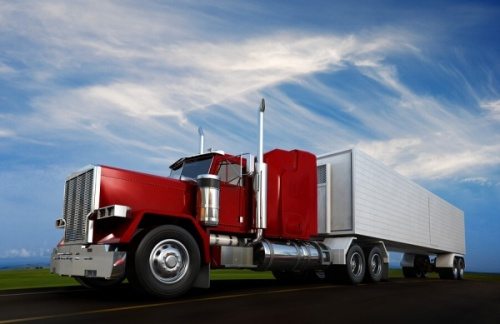🚛 Trucking Regulations: Balancing Safety and Capacity in 2025
New trucking regulations aim to improve safety but may reduce capacity. Speed limiters, ELDs, and hours-of-service rules are key changes. These updates affect driver pay, fleet operations, and shipping costs. Logistics companies must adapt quickly to stay compliant and competitive.
🕒 Speed Limiters and Detention Time: What’s Changing?
The FMCSA plans to enforce speed limiters by May 2025. Trucks over 26,000 lbs must cap speeds between 65–70 mph. While safety may improve, slower speeds could reduce delivery efficiency. Truckload detention time at docks remains a major issue. Drivers often wait unpaid, losing valuable hours. This affects driver retention and increases shipping delays.
📲 Electronic Logging Devices (ELDs): Impact on Drivers
ELDs are now mandatory for most carriers. They track driving hours and off-duty time. However, they don’t account for long wait times at docks. Drivers paid by mileage lose income during delays. Some report pressure to falsify logs, raising concerns about harassment. Despite automation, freight costs continue to rise.
⏱️ Hours of Service (HOS): New Rules Explained
Drivers must log all activity during a 14-hour shift. Once the clock starts, it doesn’t stop—even during breaks. This reduces productivity and pay. Both drivers and carriers lose revenue. The new HOS rules aim to reduce fatigue but may increase operational costs.
🧠 Safety Technology Mandates: What’s Ahead
By 2027, Class 7–8 trucks must include Automatic Emergency Braking (AEB). Electronic Stability Control (ESC) is also required. These technologies help prevent crashes and improve safety. Fleet managers must maintain these systems and train drivers. Non-compliance can lead to fines or service disruptions.





